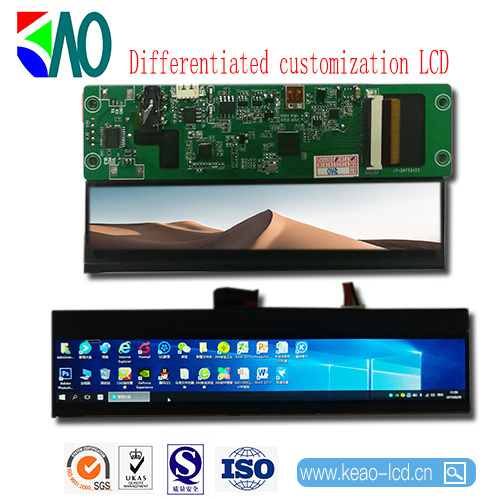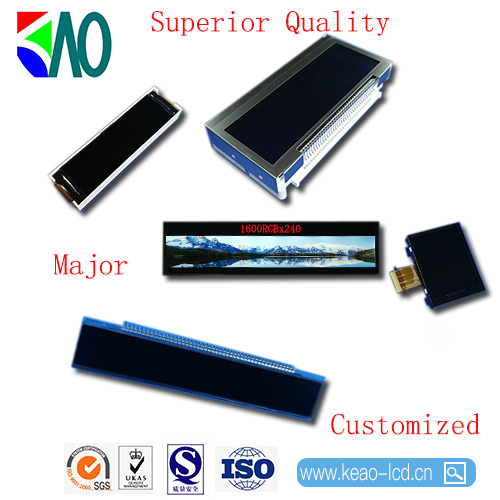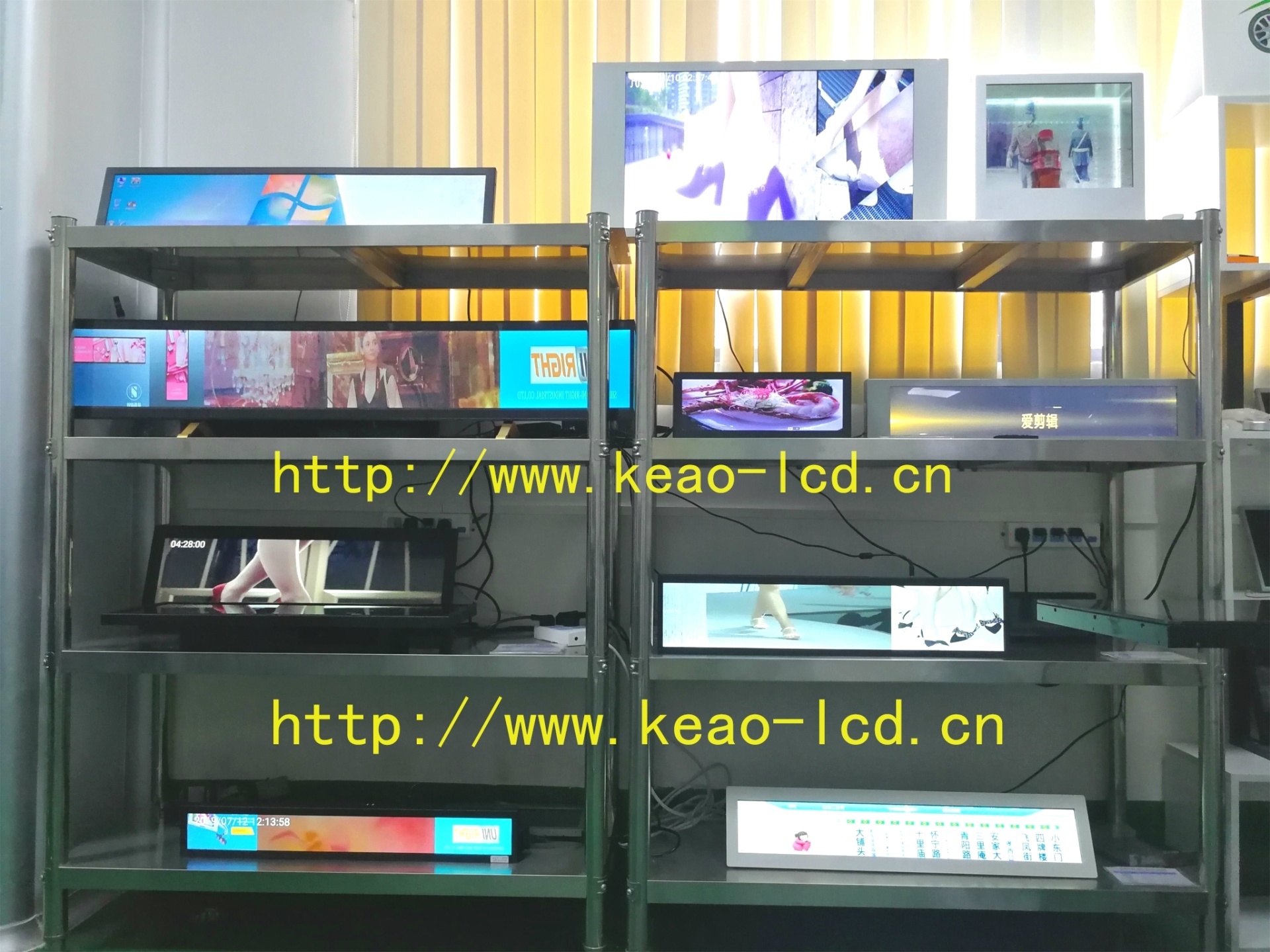The Ultimate Guide to OLED LCD Modules: Enhancing Your Display Solutions
OLED (Organic Light Emitting Diode) and LCD (Liquid Crystal Display) modules are critical components in the realm of modern display technologies. While both types of displays serve similar purposes, they have distinct characteristics and advantages that make them suitable for different applications. Understanding these differences can help you make informed decisions for your display needs in the
2025-04-14
OLED (Organic Light Emitting Diode) and LCD (Liquid Crystal Display) modules are critical components in the realm of modern display technologies. While both types of displays serve similar purposes, they have distinct characteristics and advantages that make them suitable for different applications. Understanding these differences can help you make informed decisions for your display needs in the electric and electronic industry.
OLED LCD modules utilize organic compounds that emit light when electricity is applied. This technology allows for deeper blacks and higher contrast ratios compared to traditional LCD modules, which rely on a backlight to illuminate the screen. As a result, OLED displays often provide more vibrant colors and wider viewing angles, making them ideal for applications that demand high-quality visuals, such as digital signage, wearable devices, and high-end televisions.
One of the significant advantages of OLED LCD modules is their ability to produce true blacks. Since individual pixels emit their own light, an OLED screen can turn off pixels completely, creating a perfect black. This feature enhances the overall contrast and visual experience, making it particularly effective for displaying images and videos with a wide range of colors and contrasts.
In contrast, traditional LCD modules may display blacks as dark gray due to the always-on backlight, leading to a compromised viewing experience. For users seeking high-performance displays, OLED LCD modules are the superior choice.
OLED modules also tend to be thinner and lighter than their LCD counterparts, providing greater design flexibility. This aspect is particularly beneficial for applications where space is a constraint, such as in smartphones and slim television designs. Additionally, OLED technology is energy-efficient, using less power for darker images, which can contribute to longer battery life in portable devices.
However, it is essential to consider the longevity of OLED displays. They may be prone to burn-in effects, where static images can leave a permanent mark on the screen. While advances in technology have mitigated this issue, it's something to keep in mind for applications that involve static content.
When selecting a display module, consider factors such as brightness, resolution, and color accuracy based on your specific application requirements. OLED LCD modules may be the best fit for projects requiring superior image quality and design versatility, while traditional LCDs could suffice for less demanding applications.
In conclusion, OLED LCD modules represent a significant advancement in display technology, offering advantages in terms of image quality, design flexibility, and efficiency. By understanding the characteristics and benefits of OLED displays, you can make more informed decisions that cater to your specific needs in the electric and electronic industry. Whether you're involved in creating digital signage or developing consumer electronics, the choice you make in display technology can greatly impact the overall user experience.
OLED LCD modules utilize organic compounds that emit light when electricity is applied. This technology allows for deeper blacks and higher contrast ratios compared to traditional LCD modules, which rely on a backlight to illuminate the screen. As a result, OLED displays often provide more vibrant colors and wider viewing angles, making them ideal for applications that demand high-quality visuals, such as digital signage, wearable devices, and high-end televisions.
One of the significant advantages of OLED LCD modules is their ability to produce true blacks. Since individual pixels emit their own light, an OLED screen can turn off pixels completely, creating a perfect black. This feature enhances the overall contrast and visual experience, making it particularly effective for displaying images and videos with a wide range of colors and contrasts.
In contrast, traditional LCD modules may display blacks as dark gray due to the always-on backlight, leading to a compromised viewing experience. For users seeking high-performance displays, OLED LCD modules are the superior choice.
OLED modules also tend to be thinner and lighter than their LCD counterparts, providing greater design flexibility. This aspect is particularly beneficial for applications where space is a constraint, such as in smartphones and slim television designs. Additionally, OLED technology is energy-efficient, using less power for darker images, which can contribute to longer battery life in portable devices.
However, it is essential to consider the longevity of OLED displays. They may be prone to burn-in effects, where static images can leave a permanent mark on the screen. While advances in technology have mitigated this issue, it's something to keep in mind for applications that involve static content.
When selecting a display module, consider factors such as brightness, resolution, and color accuracy based on your specific application requirements. OLED LCD modules may be the best fit for projects requiring superior image quality and design versatility, while traditional LCDs could suffice for less demanding applications.
In conclusion, OLED LCD modules represent a significant advancement in display technology, offering advantages in terms of image quality, design flexibility, and efficiency. By understanding the characteristics and benefits of OLED displays, you can make more informed decisions that cater to your specific needs in the electric and electronic industry. Whether you're involved in creating digital signage or developing consumer electronics, the choice you make in display technology can greatly impact the overall user experience.
Related info











